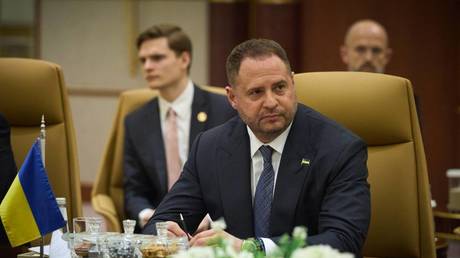
Framework for removal of US president was set long before Capitol riot
A third series of “Twitter Files,” published on Friday evening, offered details into the platform’s decision to ban the personal account of Donald Trump while he was still the sitting US president, with more revelations promised for the weekend.
Journalist Matt Taibbi, who authored the first expose last week, began sharing the saga of Trump’s ban covering the period between October 2020 and January 6, 2021.
“We’ll show you what hasn’t been revealed: the erosion of standards within the company in months before J6, decisions by high-ranking executives to violate their own policies, and more, against the backdrop of ongoing, documented interaction with federal agencies,” Taibbi wrote.
The drop includes Twitter’s internal communications of clear historical importance, as the company employees recognized this was a “landmark moment in the annals of speech,” the first time they suspended a sitting head of state.
Trump was banned on January 8, after a “close review” of how his tweets were “being received and interpreted on and off Twitter,” the company said at the time. His last tweets had included a video message urging his supporters not to break the law and peacefully depart from the US Capitol, but also his claim that the 2020 election had not been legitimate, which Twitter had declared unacceptable.
The “intellectual framework” for the ban was already set up in the months before the January 6 riot at the Capitol. One internal message shows a Twitter executive saying that they need to look at the actions by Trump “over the course of the election and frankly last 4+ years.”
According to another internal message, if Trump tried to use the official POTUS or White House accounts, Twitter would “take action to limit their use” until they are “transitioned” to the new administration on January 20, but not suspend or ban them otherwise.
Another set of messages from Twitter’s former head of Trust and Safety Yoel Roth reveals he was using “generic” names in the calendar to hide the increasingly frequent meetings with federal officials ahead of the 2020 election. “DEFINITELY NOT meeting with the FBI I swear,” says one. A special channel was created on October 8, 2020 for senior executives like Roth, Vijaya Gadde and Jim Baker to coordinate election enforcement.




